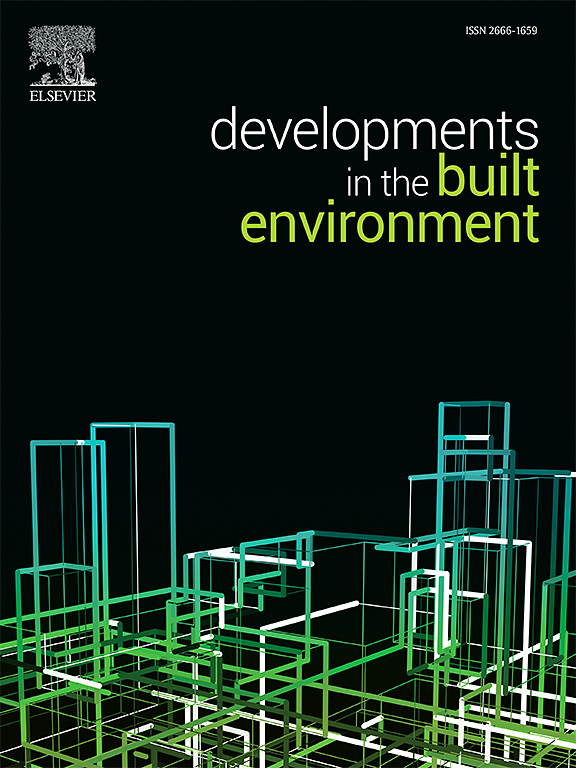基于改进的YOLOX和U-Net3+模型的混凝土结构两阶段智能裂缝检测方法
IF 6.2
2区 工程技术
Q1 CONSTRUCTION & BUILDING TECHNOLOGY
引用次数: 0
摘要
混凝土表面裂缝威胁着结构的耐久性和安全性。针对人工检测和传统图像处理技术效率低、精度有限的问题,提出了一种基于深度优化的YOLOX和U-Net3+模型的两阶段算法。YOLOX平台集成了高效通道注意(ECA)模块,以提高对裂缝特征的灵敏度,实现快速识别和定位。在U-Net3+阶段,引入了CA (Coordinate Attention)和SimAM非参数机制,将最大池化(max pooling)替换为Softpooling,将ReLU激活升级为Mish,并将多尺度可分离卷积嵌入到8邻域节点掩码中,以实现更精确的像素级分割。基于骨架曲线的量化算法预测裂缝长度和宽度。经过畸变校正和比例尺变换后,与实际测量值相比,最大宽度误差小于0.05 mm,最大长度误差小于1.5 mm,最大面积误差小于1 mm2。实验表明,与单阶段方法相比,该方法的处理时间缩短了69.87%,显著提高了检测效率和准确性。本文章由计算机程序翻译,如有差异,请以英文原文为准。
An enhanced two-stage intelligent crack detection method for concrete structures using improved YOLOX and U-Net3+ models
Concrete surface cracks threaten the durability and safety of structures. To overcome the inefficiencies and limited accuracy of manual inspection and traditional image-processing techniques, a two-stage algorithm based on deeply optimized YOLOX and U-Net3+ models is proposed. The YOLOX stage integrates an Efficient Channel Attention (ECA) module to enhance sensitivity to crack features, enabling rapid recognition and localization. In the U-Net3+ stage, Coordinate Attention (CA) and SimAM non-parametric mechanisms are incorporated, max pooling is replaced with Softpooling, ReLU activation is upgraded to Mish, and multi-scale separable convolutions are embedded within an eight-neighborhood node mask for more precise pixel-level segmentation. A skeleton-curve-based quantification algorithm predicts crack length and width. After distortion correction and scale transformation, maximum width, length, and area errors are below 0.05 mm, 1.5 mm, and 1 mm2, respectively, compared to actual measurements. Experiments demonstrate a 69.87 % reduction in processing time relative to single-stage methods, significantly enhancing detection efficiency and accuracy.
求助全文
通过发布文献求助,成功后即可免费获取论文全文。
去求助
来源期刊

Developments in the Built Environment
Multiple-
CiteScore
7.40
自引率
1.20%
发文量
31
审稿时长
22 days
期刊介绍:
Developments in the Built Environment (DIBE) is a recently established peer-reviewed gold open access journal, ensuring that all accepted articles are permanently and freely accessible. Focused on civil engineering and the built environment, DIBE publishes original papers and short communications. Encompassing topics such as construction materials and building sustainability, the journal adopts a holistic approach with the aim of benefiting the community.
 求助内容:
求助内容: 应助结果提醒方式:
应助结果提醒方式:


